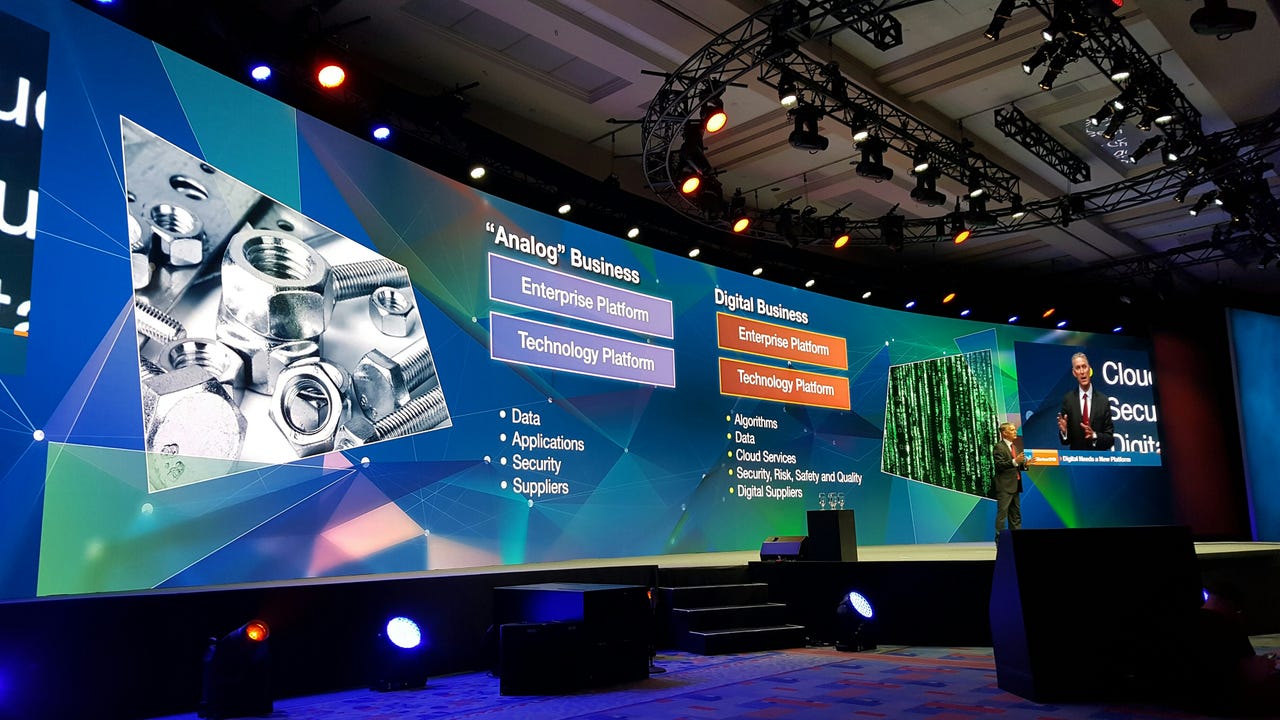Dear enterprise: You are your algorithms, says Gartner


ORLANDO--Your business, company and career are going to be algorithmic.
That theme was delivered by Peter Sondergaard, research chief at Gartner, who opened up the research firm's Symposium ITxpo. In a nutshell, your business amid smart machines, Internet of things and automation is going to look like this on the whiteboard.
"Algorithmic business is here," said Peter Sondergaard in his opening talk at the Gartner Symposium ITxpo.
If you were to sum up the keynote, you might want to hire a few algorithm wonks. The challenge for CIOs is going to be to support bi-modal IT---infrastructure for the analog model today and the digital focus tomorrow.
Sondergaard urged CIOs to put big data into perspective. Any executive merely known as a data keeper isn't going to be worth the time to businesses.
"Big data is not where the value is," said Sondergaard. "Algorithm is where the real value lies. Algorithms are where the action lies. Data is dumb. Algorithms define the way the world works."
Can retailers automate, use smart machines and keep human touch?
Sondergaard told enterprises that they have to take an inventory of their algorithms. Assign ownership of algorithms to an executive. Companies will have to classify algorithms based on what should be private or public or traded.
"A market for algorithms will emerge," said Sondergaard.
The platforms that enterprises rely on will be powered by algorithms. Cortana, Siri and the like are just precursors to what's coming. Your vendor selection may boil down to an algorithm. Technology giants such as Microsoft may not provide apps, but algorithms and analytics.
Is there any wonder why IBM, Microsoft, Google and Amazon Web Services have all spun their clouds with an analytic bent?
Here are my thoughts about the promise of perils of this algorithmic nirvana.
- Algorithms are only going to be as good as the humans producing them. Some companies are going to go digital, algorithm happy and merely scale bad processes and models.
- Vendors are going to spin magic bullets with algorithms and analytics. It's one thing to evaluate user interfaces, software, processes and integration. It's quite another to dig into the data science to validate vendor claims.
- Big data is looking increasingly like a backend plumbing topic. If data science can't find the signals and real business use, all you're going to have is a big lake of information.
- Transforming to this algorithmic business isn't going to be easy. Companies are going to need new suppliers, ways to invest and approach to innovation. Every company is going to need to be about technology as well as a venture investor. Sondergaard urged enterprises to use "techquisitions," acquisitions of IT companies that can boost traditional businesses.
- Algorithms as a scene setter this year was a different tack from the previous two themes from Gartner. In 2014 and 2013, digital business was the key theme with smart machines and algorithms viewed as something developing in the future.
Related special reports: AI and the Future of Business | IT Budgets 2016: A CIO's Guide | Innovation: How to be a World-Changer
As for the backdrop to this algorithm-happy state of business, Sondergaard and other analysts dished out the following takeaways.
- IT controls 58 percent of technology spending in the enterprise. By 2017, 50 percent will be under IT control.
- Technology ownership and talent has shifted outside of CIO control. "But that doesn't have to be bad news," said Sondergaard, who noted that IT will actually have more resources from outside units. "Influence scales. Control does not," he said.
- Digital revenue from digital business will be $1 trillion this year.
- Security will need algorithmic help and become more analytics. There are too many connections to secure.
- Chief security officers are also going to be about safety and quality. Thirty percent of IT budgets and 10 percent of the tech workforce in 2017 will be allocated to security.